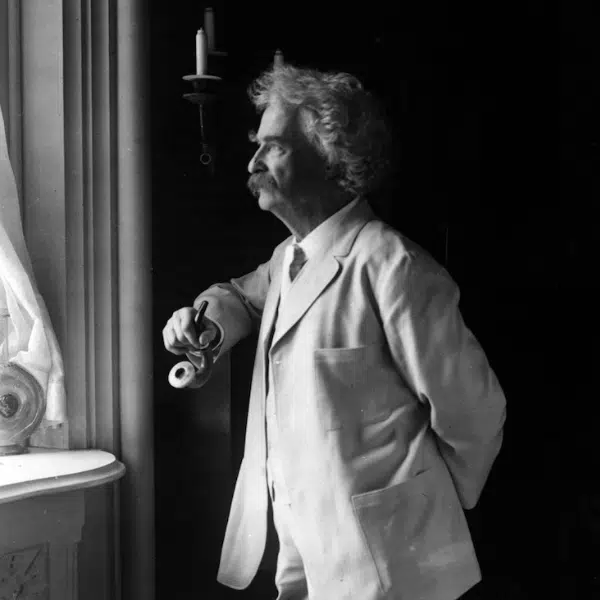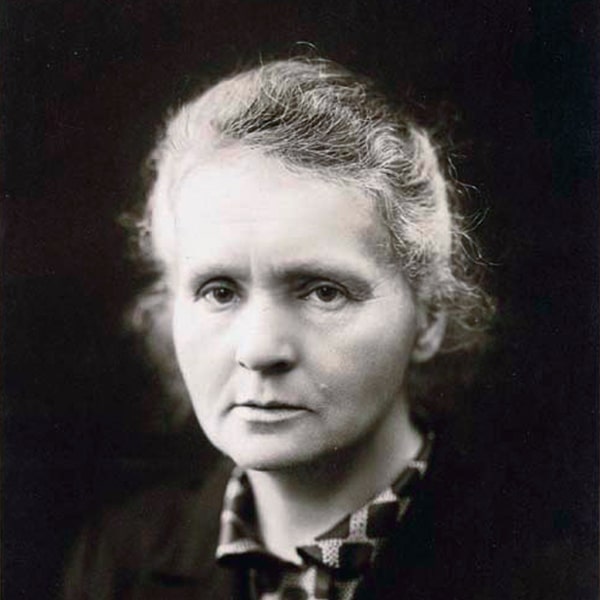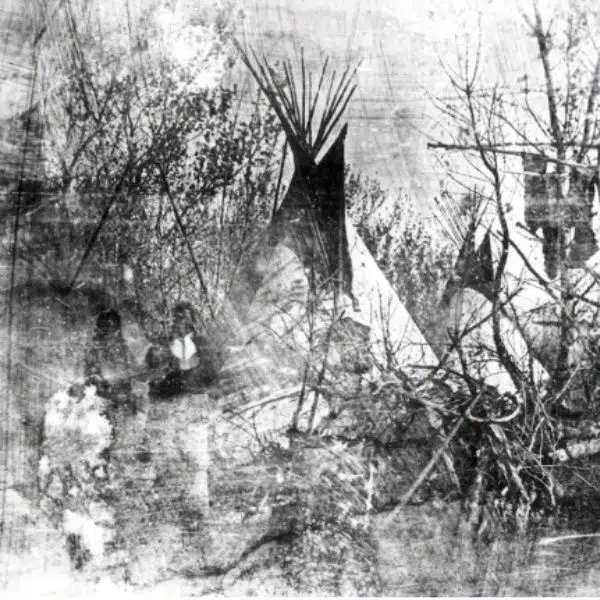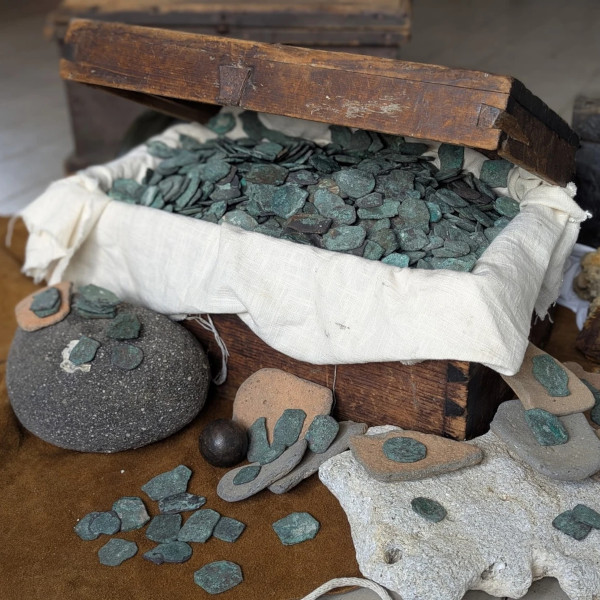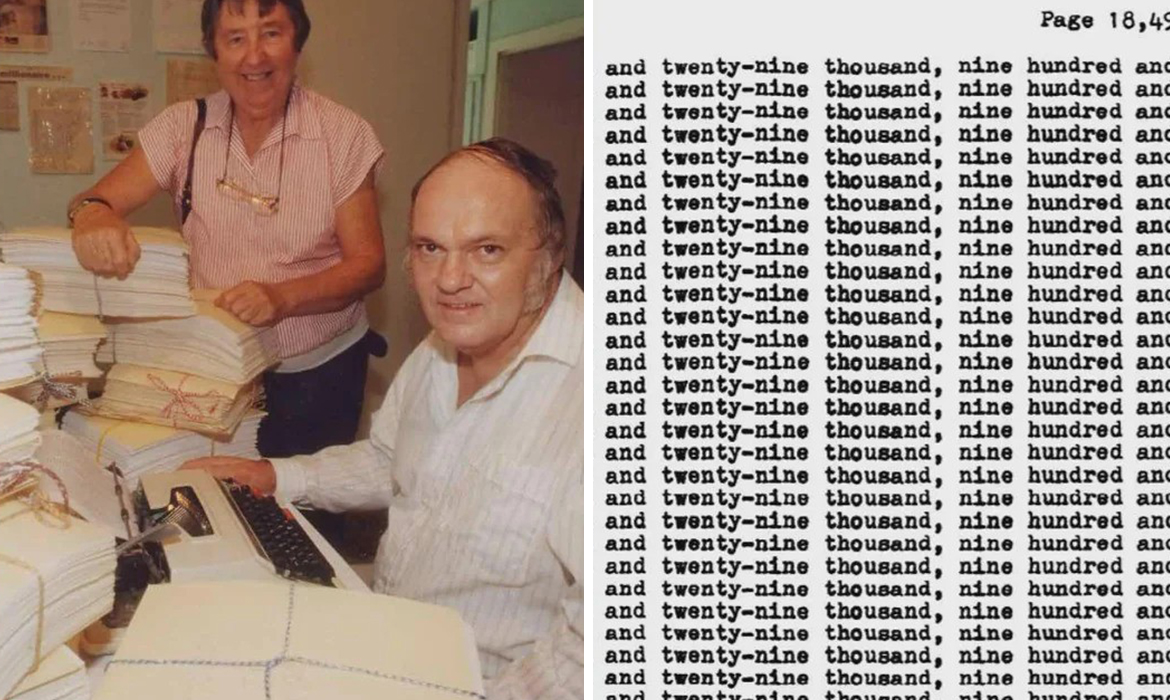Ancient Egyptian Pharaoh Statues Finally Restored After Surviving an Earthquake 2,000 Years Ago
More than 1,200 years after they were damaged by an earthquake, the two alabaster statues of Egyptian pharaoh Amenhotep III—known as the Colossi of Memnon—have been partially restored. Egypt’s Ministry of Tourism and Antiquities recently unveiled the newly conserved, 30-feet-tall monuments at the entrance to the ancient king’s 86-acre burial site near Luxor. King Amenhotep III ruled Egypt from around 1388 to 1349 BCE, during one of the civilization’s most prosperous and influential periods.

